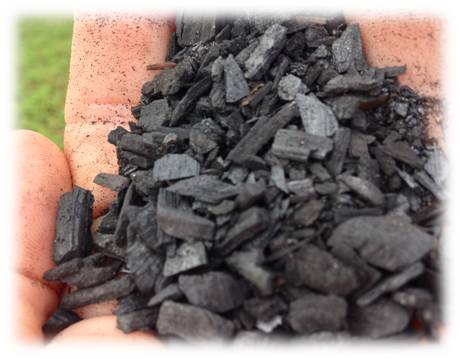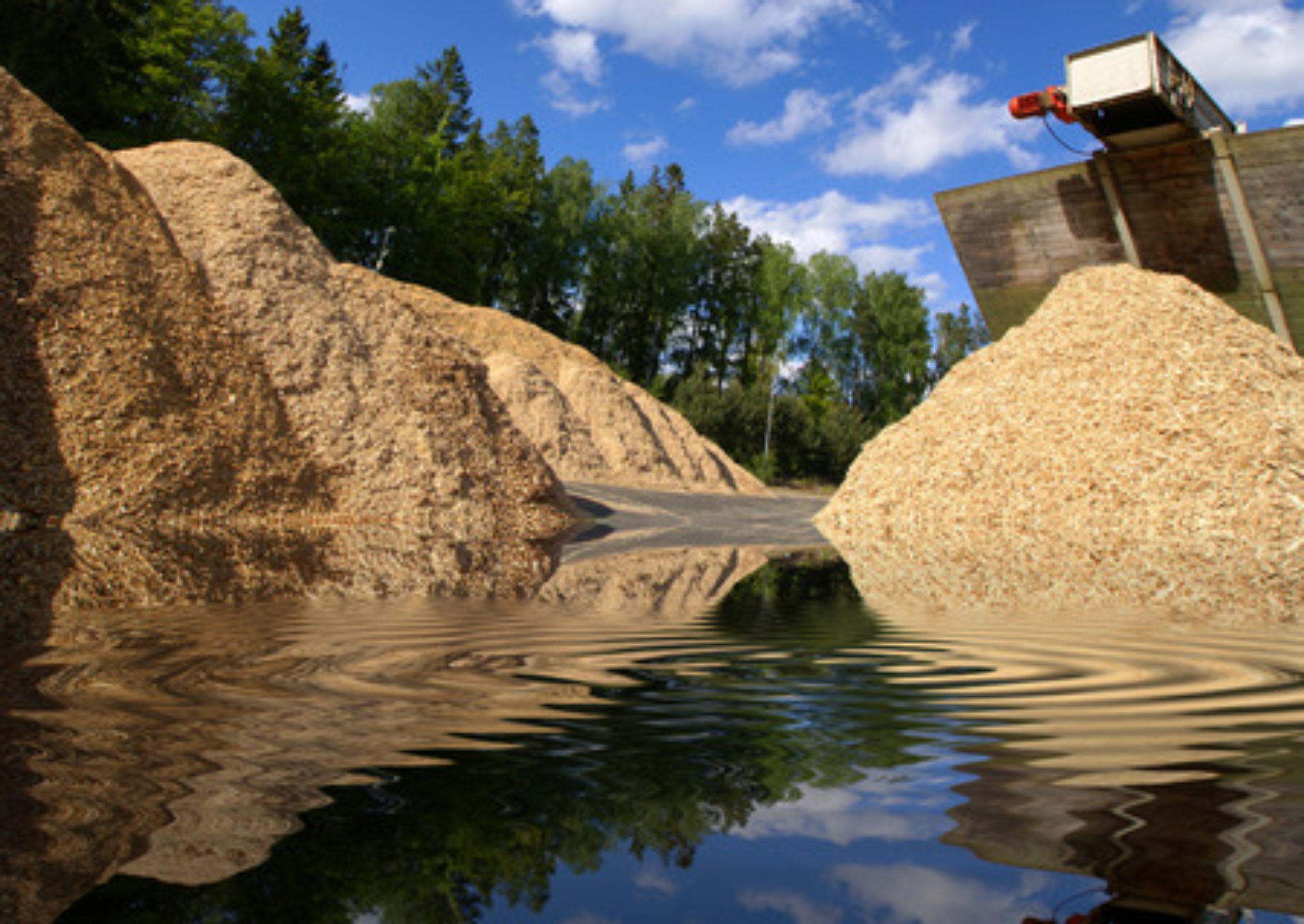Biochar: a Primer
Biochar is “char” (similar to charcoal, but there are important differences), that can be activated or ‘charged’ or inoculated with beneficial microorganisms for use in agriculture, industrial applications in water, gas or solid filtration, home gardens, and a myriad of other uses.
Technically, biochar is CO2 that was converted by photosynthesis into a living plant whose biomass is then converted by pyrolysis to a form of fixed carbon that is removed from the atmosphere for centuries. Are you with us so far?
When CDS micro-charged™ biochar is used in agricultural fields the endemic or introduced microbial communities work in a marvelous symbiosis with the plants to continuously draw down more carbon each year as well as increase crop yields.
- As a soil amendment
- Filtration and bioremediation (see story)
- Agent for sequestering carbon and climate change reversal
Examples:
- 1,500 Cameroon farmers increased crop yields 240% using biochar
- Japanese study found yield increases up to 324% with biochar
- Pro-Natura International (France) grows 100 tons of veggies/ha in the sub-Saharan desert using biochar. Article (PDF)
- 24 studies show improved soil productivity 20-220%, application 0.4-8 tons carbon/ha*
* Lehmann and Rondon (2006)
Biochar is destined to play an important role in the rejuvenation of abandoned and marginal soils. The UN’s IPCC (scientific consensus) and carbon removal XPRIZE recently recognized this role in their most recent findings — biochar is essential to drawing down enough carbon to mitigate climate change. We can and must slow down emissions from new sources, but to return atmospheric CO2 to sustainable levels, tools like biochar and other nature-based capture and sequestration are key.
Biochar aids in re-establishment of the microbes responsible for making soils fertile by making them once again rich in the carbon needed for food security. If we are to reverse climate change this symbiosis between soil and carbon-capturing microbes will be paramount.
See also: biochar’s many uses.
